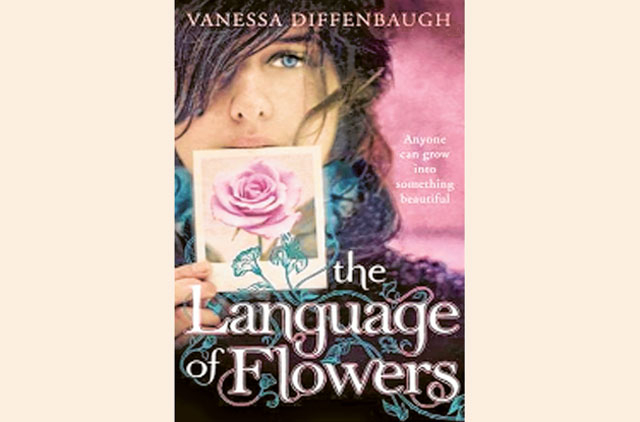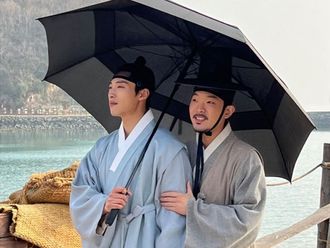
In Victorian times flowers were used to relate cryptic messages and emotions to lovers and rivals. Honeysuckle for devotion, azaleas for passion and red roses for love. For Victoria Jones, with the troubled product of a foster care system, it is her only means of communication.
At the beginning of the novel, we are introduced to the 18-year-old Victoria, who faces imminent emancipation from the foster care system she grew up in. The novel is narrated in the first person and we are confronted with her jaded outlook on life as she is finally let loose into a world that hasn't been kind to her.
Having grown up volleying between foster parents and care homes, Victoria is a disturbed child who shies away from human touch and lacks any kind of social skill.
With nowhere to go, she initially spends her nights sleeping homeless in a park and tending to her makeshift garden which she has created by stealing from florists and restaurant windows across the town.
Despite her aversion to society, she finds herself a job at a florist working with the only thing she can relate to — flowers. In that environment she thrives, attracting repeat clients and eventually starting her own business that grows exponentially by word of mouth. Through carefully assembled flower bouquets, she brings happiness, hope and love into other people's lives while she struggles with the demons of her past.
Victoria meets Grant on her supply runs at the local flower market. Their relationship begins tentatively, communicating only through the language Victoria knows best — flowers.
Past and present
Victoria's life is suddenly thrown into disarray when she discovers she is pregnant. As a woman who has never been able to love and is only just beginning to get used to human affection she struggles with caring for her newborn.
Victoria's troubled relationship with Elizabeth, her former foster mother and the woman who first introduced her to this secret flowery language, is gradually revealed as the narrative flits between Victoria's present and her past. She is forced to confront her own fears and demons of her past to finally get a second chance at happiness in life.
Author Vanessa Diffenbaugh was born and raised in California. After studying creative writing she went on to teach art and writing to youth in low income communities. She has three children of her own, including a former foster child.
Her debut novel unfolds in the eyes of Victoria, bringing her raw emotions to the forefront.
It brings to life a different type of protagonist, one who, having been previously hurt, lashes out in unsocial and unpredictable ways.
As readers we form an affectionate bond with her flawed characteristics.
From the feminine title and cover, the book appears at first to be a light read. However, the blunt and honest narrative of a girl full of hurt and mistrust completely counters this initial impression.
The book entwines maternal love, fear and redemption with the message of flowers. It is through her adoration of the hidden messages carried in flowers that she finds love — and eventually family. Victoria hides from the rest of the world behind the cryptic meaning of the flowers but finds herself at home with people who speak the same language.
The Language of Flowers by Vanessa Diffenbaugh, Macmillan, 336 pages, £12.99.









